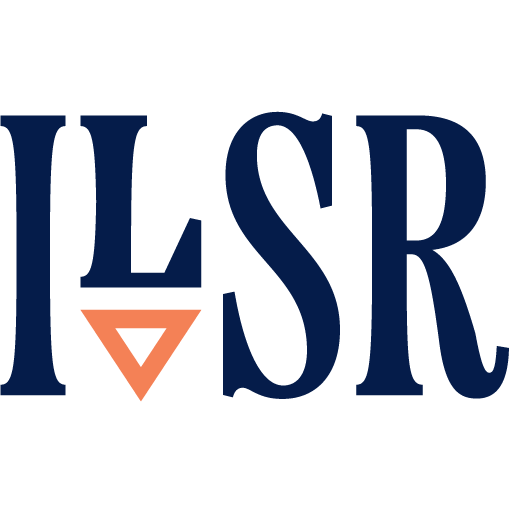Secret Fiber Caps and Fiber Platforms | Episode 121 of the Connect This! Show

Catch the latest episode of the Connect This! Show, with co-hosts Christopher Mitchell (ILSR) and Travis Carter joined by regular guest Doug Dawson (CCG Consulting) and special guests Josh Johnson and Donny Smith, from Fibersmith - an OSS/BSS design and management firm for operators around the country. Topics of discussion include:
- Secret fiber caps from NTIA to push BEAD funds toward LEO.
- A foiled cell attack in New York City.
- A deep dive on Fibersmith, and the things small and medium-sized operators need to think about long before they put their first shovel in the ground.
Join us live on September 26th at 2pm ET, or listen afterwards wherever you get your podcasts.
Email us at [email protected] with feedback and ideas for the show.
Subscribe to the show using this feed or find it on the Connect This! page, and watch on LinkedIn, on YouTube Live, on Facebook live, or below.

